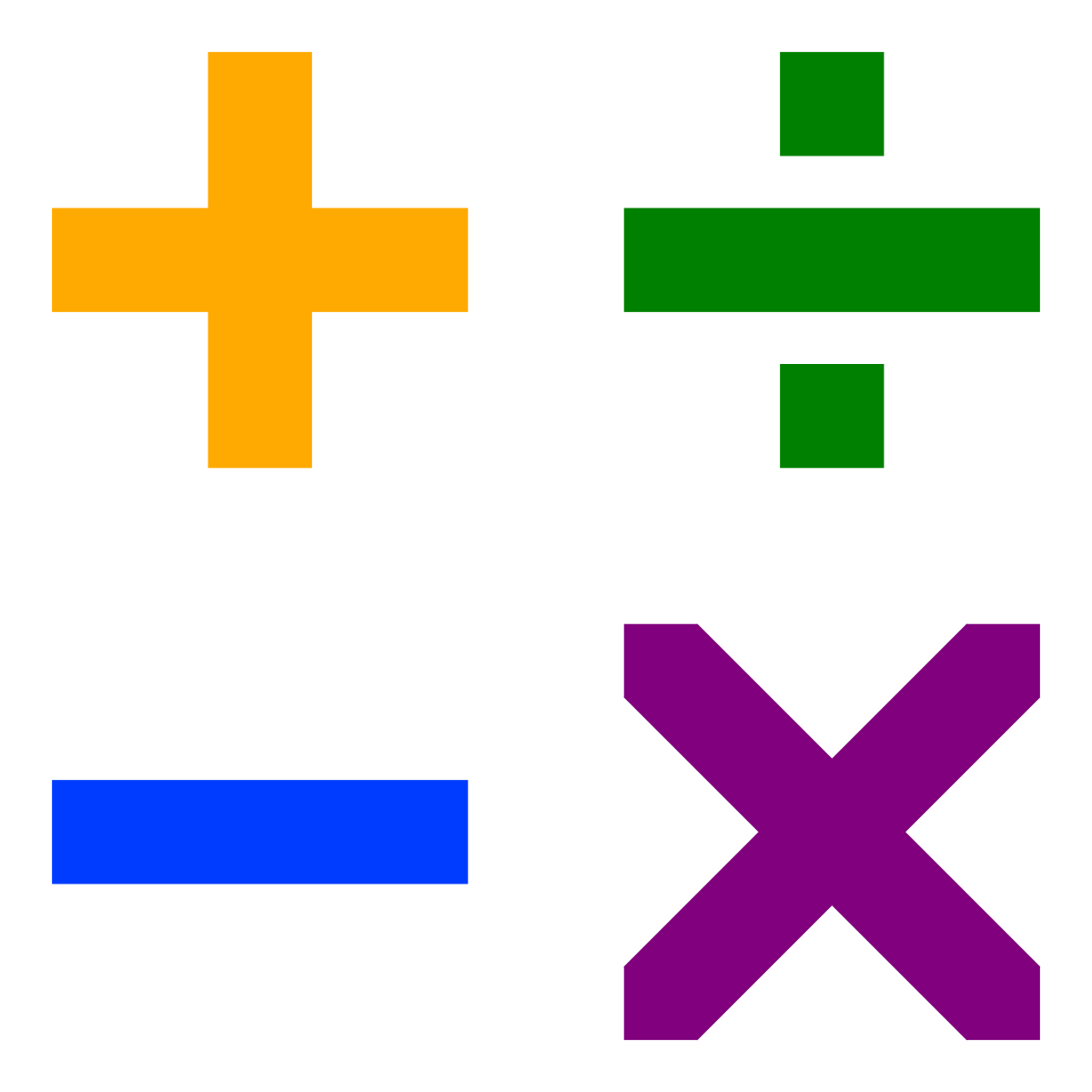
Welcome to my Maths Website, this is what i have been learning so far this year
These are the top links in Maths
Firstly, in Maths, I have been covering of the different types of Time Series throughout this year
As it says in Wikipedia, time series is a type of data that points indexed (either listed or graphed) in time order. Most commonly, a time series is a sequence taken at successive equally spaced points in time. Thus it is a sequence of discrete-time data. Time Series analysis can be useful to see how a given asset, security or economic variable changes over time. Examples of time series are heights of ocean tides, counts of sunspots, and the daily closing value of the Dow Jones Industrial Average.
Time Series
Secondly, in Maths, I have been covering of the different types of names in the second topic: Grids
As it says in Wikipedia, another word or topic for Grids are Coordinate Planes. Coordinate Plane consist any space in the grid there are two types of coordinates (X and Y axis) they are really important to the Grid. Y axis are Horizontal and X is Vertical
Grids
Lastly, in Maths, I have been covering one of the most easiest topics ever and that topic is Adding and Subtracting.
As it says in Wikipedia, Addition (usually signified by the plus symbol +) is one of the four basic operations of arithmetic, the other three being subtraction, multiplication and division. The addition of two whole numbers results in the total amount or sum of those values combined. Subtraction (usually signified by the minus symbol -) is an arithmetic operation that represents the operation of removing objects from a collection. The result of a subtraction is called a difference. Subtraction is signified by the minus sign, −. For example, in the adjacent picture, there are 5 − 2 apples—meaning 5 apples with 2 taken away, resulting in a total of 3 apples.
Adding and Subtracting